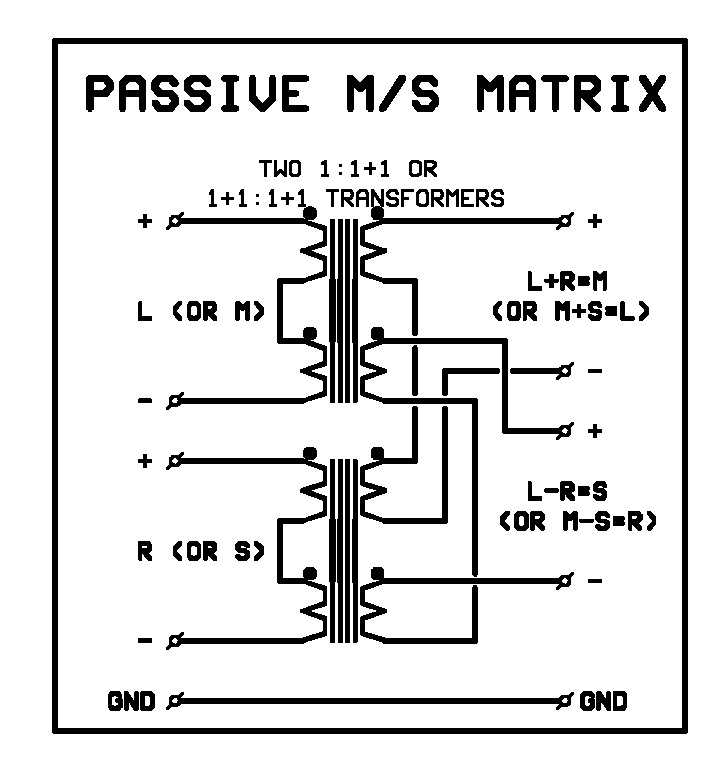Dear Clintrubber,
Big, Big advantages in mastering. Historically the 670 could be used to limit the travel of the disc cutting head in both up/down(x) and left/right

axes. In practice today, you can limit the mono(mid) componant whilst still allowing the l/r(side) componant to remain just as big,(and nowhere near clipping) resulting in a louder/wider fatter mix. There are other advantages. you can de-ess the middle, whilst leaving the side un-touched, for example, since vocals are mostly mono. This will leave the stereo info un-touched. or de-ess the side componant(remove those nasty over eq'ed cymbalsfor instance . . . Or you could eq the side differently to the mid, with no real phase collateral damage . . . also you can effectively narrow or widen the stereo image by adjusting the mid and/or side levels respectively. Original Maselec limiter had M/S de-esser funtion built in, very handy for my mixing inadequancy at the time! Thank you to Tony Cousins at Metropolis Mastering for teaching me SO much about mixing - with the benefit of HindSight . . .
- Oh! It's so exciting to think I can do this at the mix stage too, now!!!!!!
Thanks again, guys, I am ever in your debt!
Andy P
PS you could also use it for de-coding your m/s recorded tracks without needing three channels of your desk. You KNOW m/s makes sense, and if you don't, Check it out! you can effectively"move round" x/y mikes, whilst taking a perfect mono recording, not two off-axis recordings. i used to love m's in the good/bad old days of tape. Not every studio i used to use had a good pair of condensors, and m/s enabled mr to take great stereo with, say, a U87 and a 414(not my first choice, BTW!). Then at a later date of track shortage, if necessary record over the side componant, keeping a perfect mono recording of Pno/ Perc/ Gtr etc, without having to bounce! It's not THAT long ago . . . i only moved to Logic/Protools in 2001!



